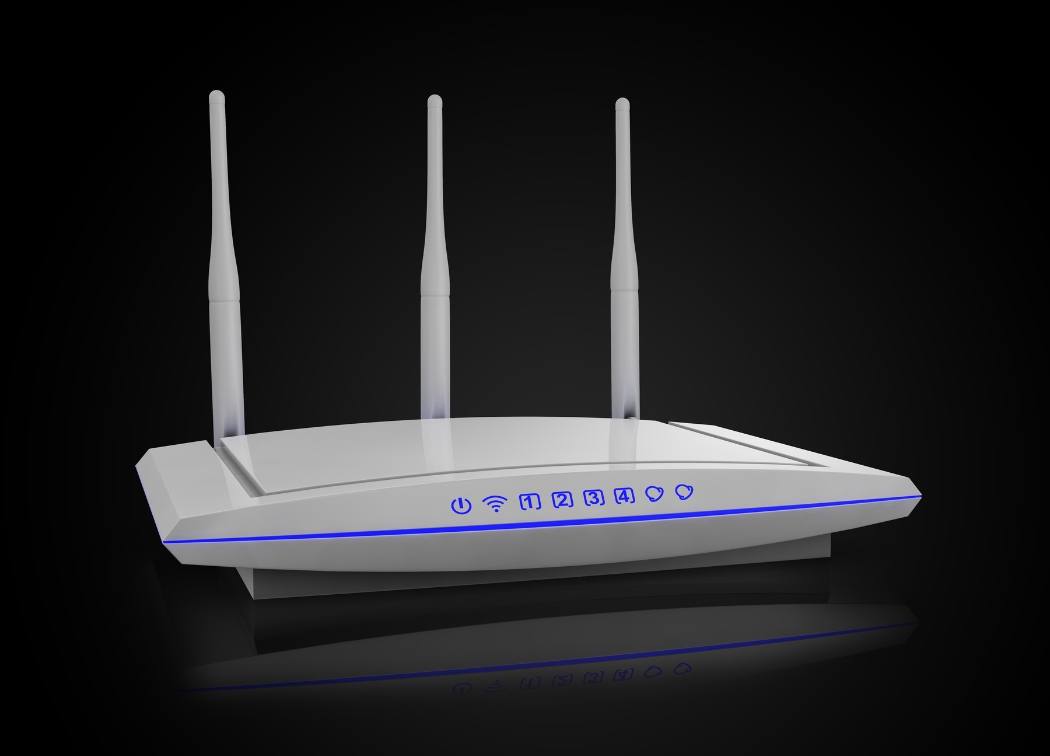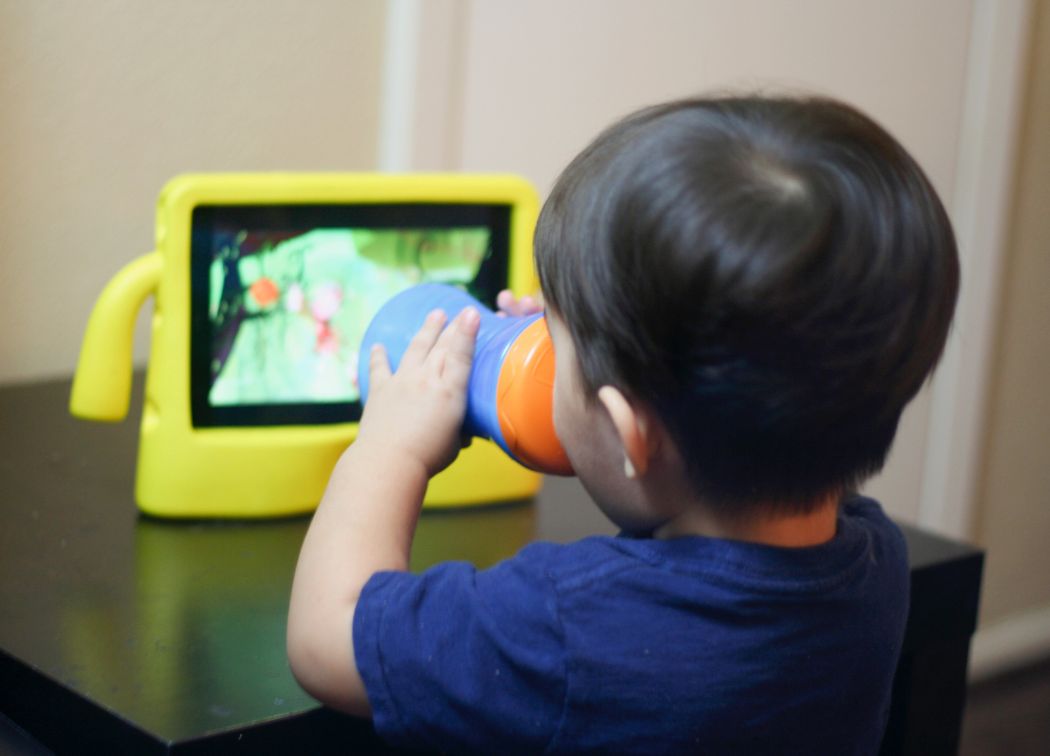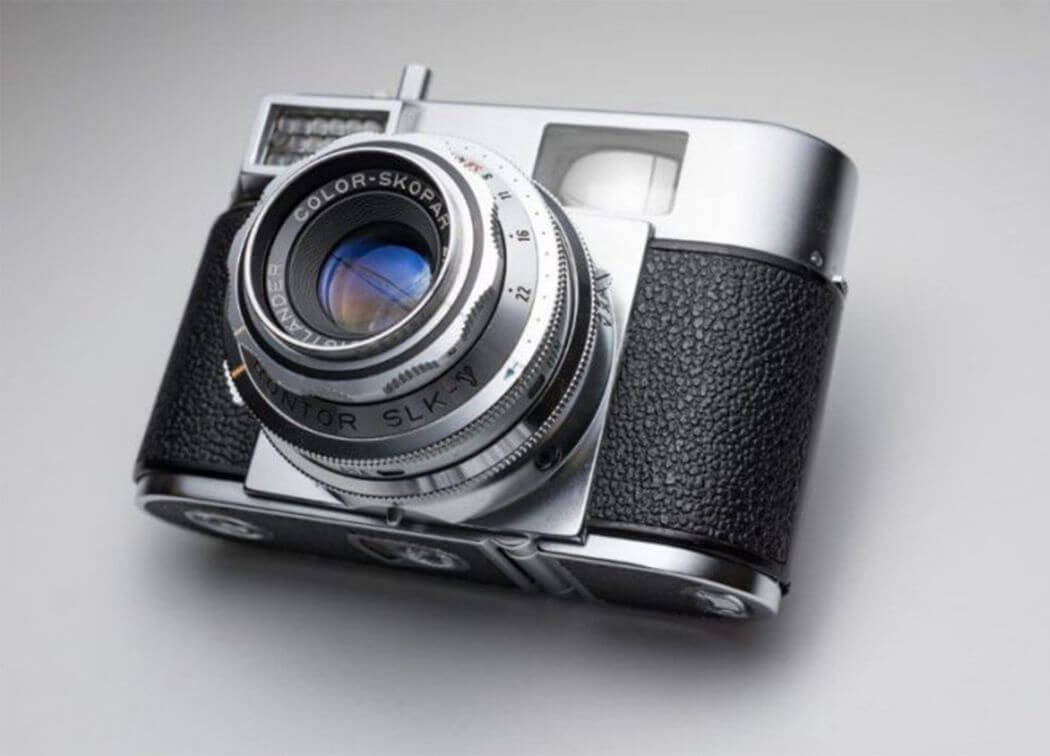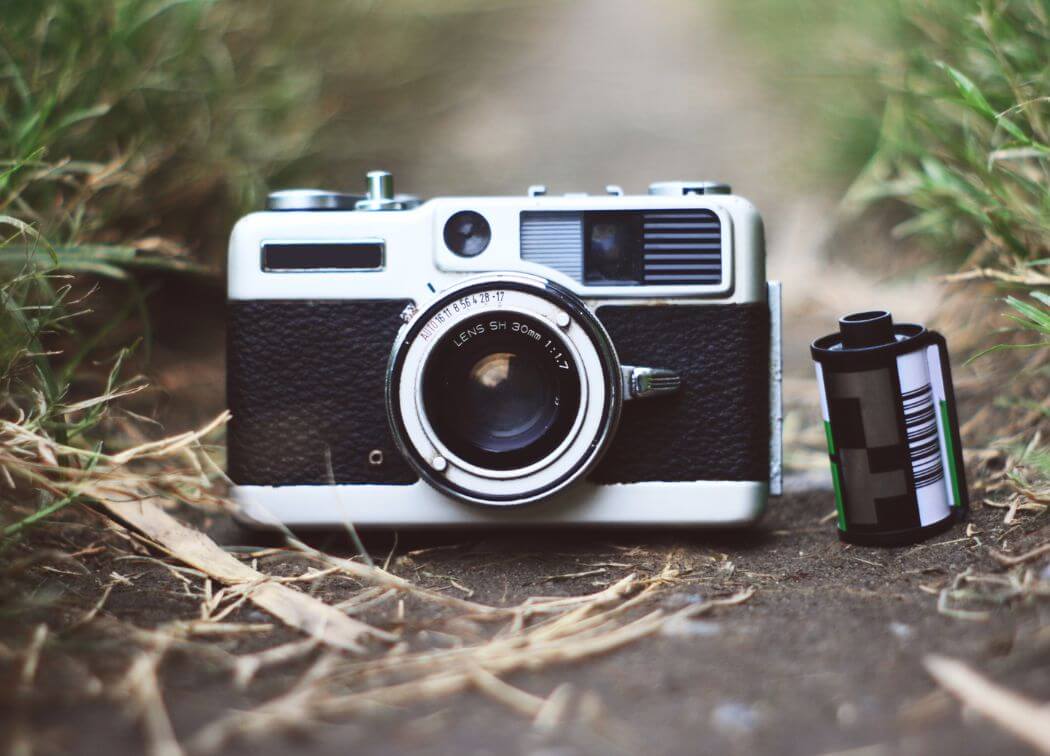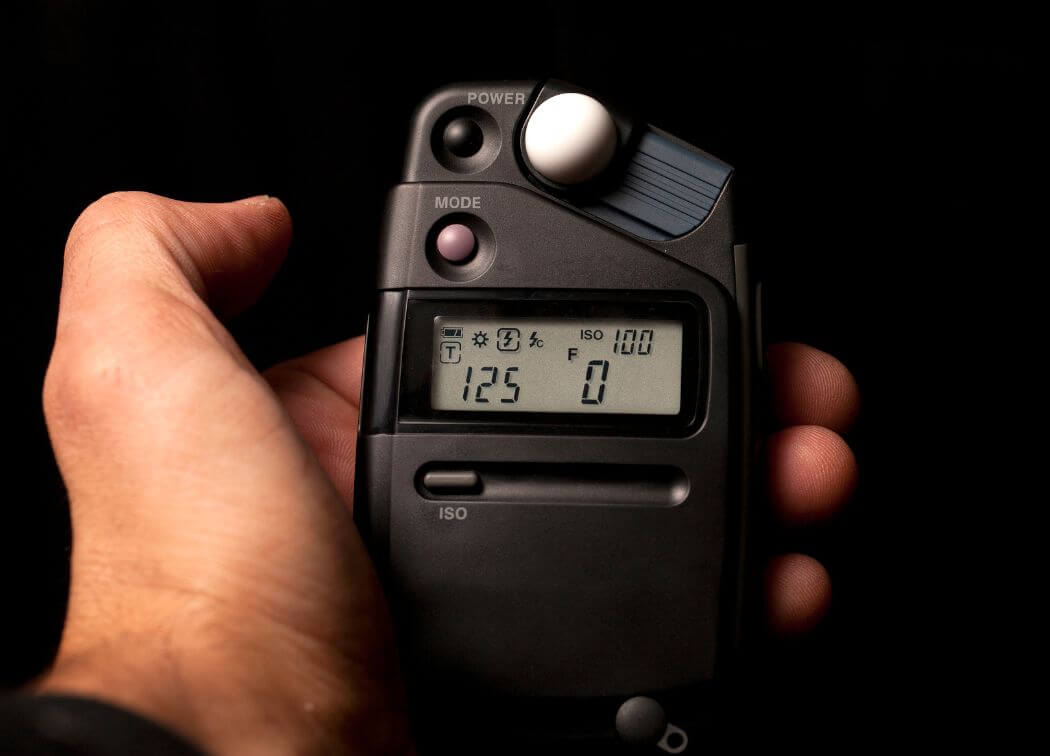Dual cameras have existed for a long time, from the LG Optimus 3D that came onto the market in 2011.
It wanted to offer a new photographic advantage that did not work then, nor does it now, despite the fact that models continue to arrive with it on board.
The system, however, was not popularized until late 2016 and Apple was to blame.
The iPhone 7 Plus came with two eyes behind its back and essential software to take advantage of it: Portrait mode. With its personalizing blur, facilitating a bokeh that until then had not been seen on mobile phones.
The race began to have this effect and although each manufacturer has called it in one way (stereo, Live Focus, etc.), all have been based on the same system of two lenses in parallel. Everyone? No, not really everyone.
In the market, there is another solution known as Dual Pixel. Do you know what is a dual pixel camera?
A technology that allows offering the same blur with a single camera and that has already allowed, among other things, that Google offers it through software to its first-generation phones, which now enjoy this bokeh.
But what exactly are the Dual Pixel camera phones and how does it work. Let’s see.
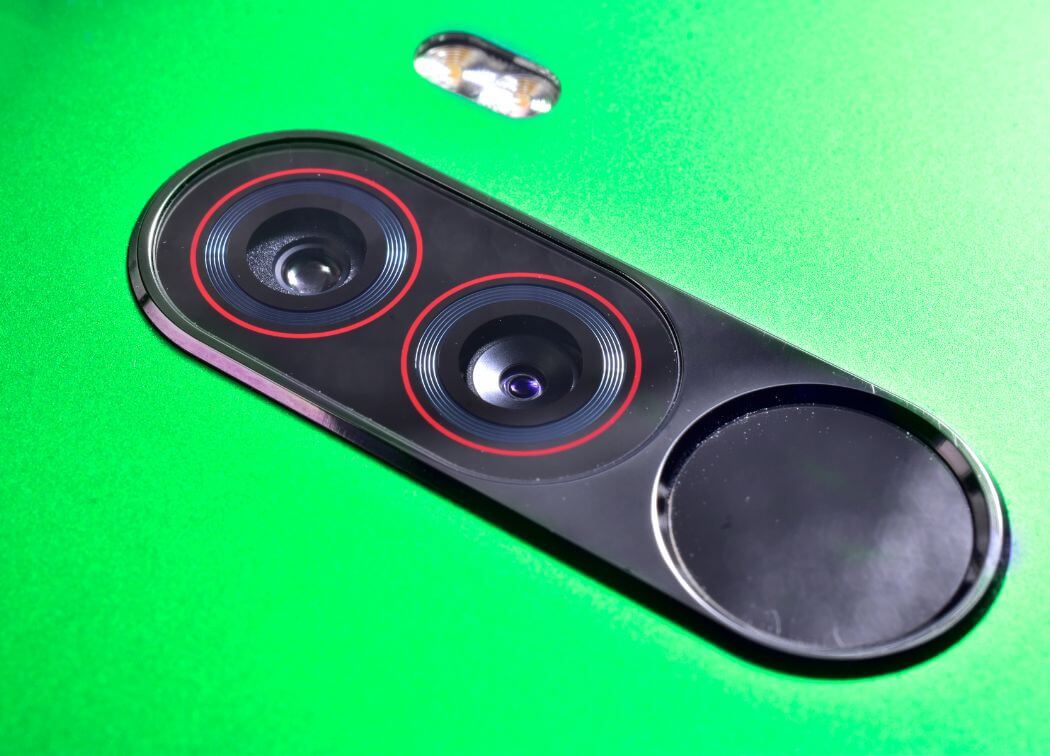
What is a Dual Pixel Camera?
To understand what does Dual Pixel camera mean, we will first need a brief review of what a dual pixel CMOS sensor is.
CMOS was born to replace CCDs when NASA decided it needed to take smaller cameras into space, it was in the 1990s when the first complementary metal oxide semiconductor was born, the first CMOS sensor.
The CMOS sensors had a photodiode for each pixel registered and that was where the image capture and processing work was carried out.
This not only made it unnecessary to have an additional chip but also reduced the size of the sensor itself.
And, as an added bonus, it also made them cheaper. But for what interests us now, the key is the existence of photodiodes.
The Dual Pixel consists of building CMOS sensors that have two photodiodes for each pixel instead of one.
A sensor is nothing more than a series of photodiodes placed next to each other, responsible for capturing a single point of light.
The OnePlus 5T’s camera, for example, 16 megapixels has a CMOS sensor that has 4,608 x 3,456 photodiodes. Transistors that capture direct photography from the lens and send it to the processor.
In Dual Pixel technology these photodiodes are multiplied by two.
Two transistors for each pixel in the photograph, two photodiodes working in parallel and simultaneously and that allow, among other things, to offer a much faster focus.
Faster even than the phase-detection approach, which is ultimately based on the same concept: capturing light from two angles to locate the highest contrast points.
Thus, a mobile with a Dual Pixel sensor is capturing two photos simultaneously each time we press the Take Photo button.
And this, as we will see now, allows us to offer the long-awaited Portrait mode without having to resort to two lenses in parallel, or a more economical Portrait mode since the mobile phone has less equipment.
How the Portrait mode Achieves a Dual Pixel Sensor
The dual cameras that offer Portrait mode, or as each brand wants to call it to differentiate themselves, use two sensors in parallel, one of which gets the image in the foreground while the other is dedicated to capturing the background.
They are two simultaneous photographs, different if we have different focal lengths, but with a different focus: foreground, background.
Once these two photographs are obtained, the phone software is in charge of combining them into one, resulting in a photograph with the chosen foreground in focus and the second with an artificial blur but similar to that offered by traditional cameras.
The much-appreciated bokeh from cameras with larger apertures.
Dual Pixel sensors can do this same process with a single sensor since each photodiode is programmed to focus in pairs.
In each pixel, we obtain the capture of the foreground and the background, and then the mobile processor does the rest of the work.
It is the form that Canon devised at the time, and now they use Google and Samsung, to be able to offer this effect more efficiently.
Google has Dual Pixel sensors in its Pixel phones, redundancy and with the addition of other advantages for photography and video.
Having this Dual Pixel technology installed on a mobile phone like google pixel dual-camera guarantees a faster approach and the possibility of having bokeh like that offered by any Portrait mode depending solely on the software.
Something that will make us depend on the manufacturer itself to obtain it, but that will allow us to “activate” it with an update.
How Dual Pixel AutoFocus improves on PDAF:
Dual pixel camera technology always provides faster focusing and also comes with the ability to easily maintain the focus very fast when you want to focus on the fast-moving objects.
This thing is very useful when you want to capture the amazing and perfect shot.
I hope you completely understand “what is a dual pixel camera” with the help of this article. If you have any questions related to the dual-pixel technology then you can ask us with the help of the comment section.

